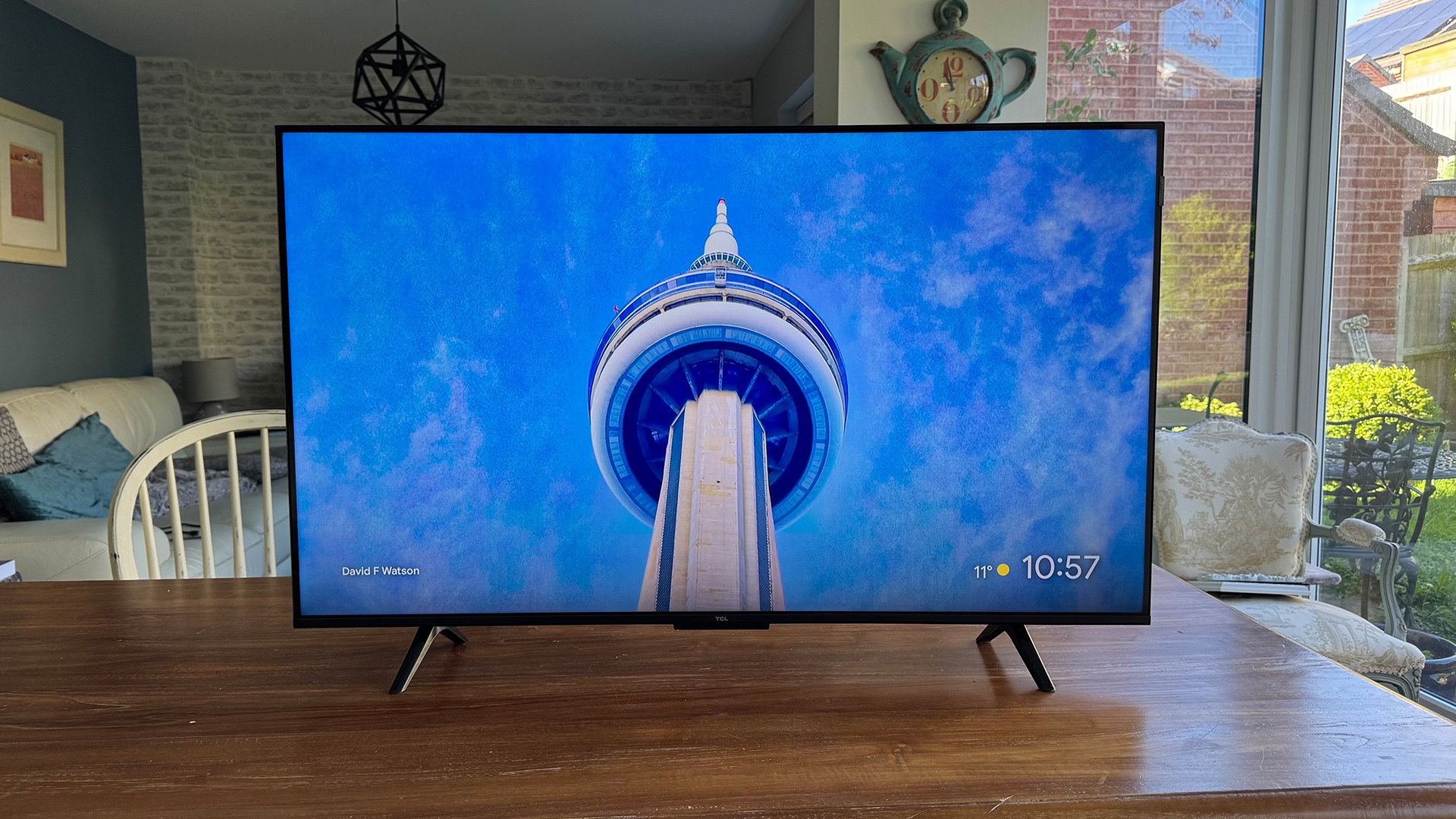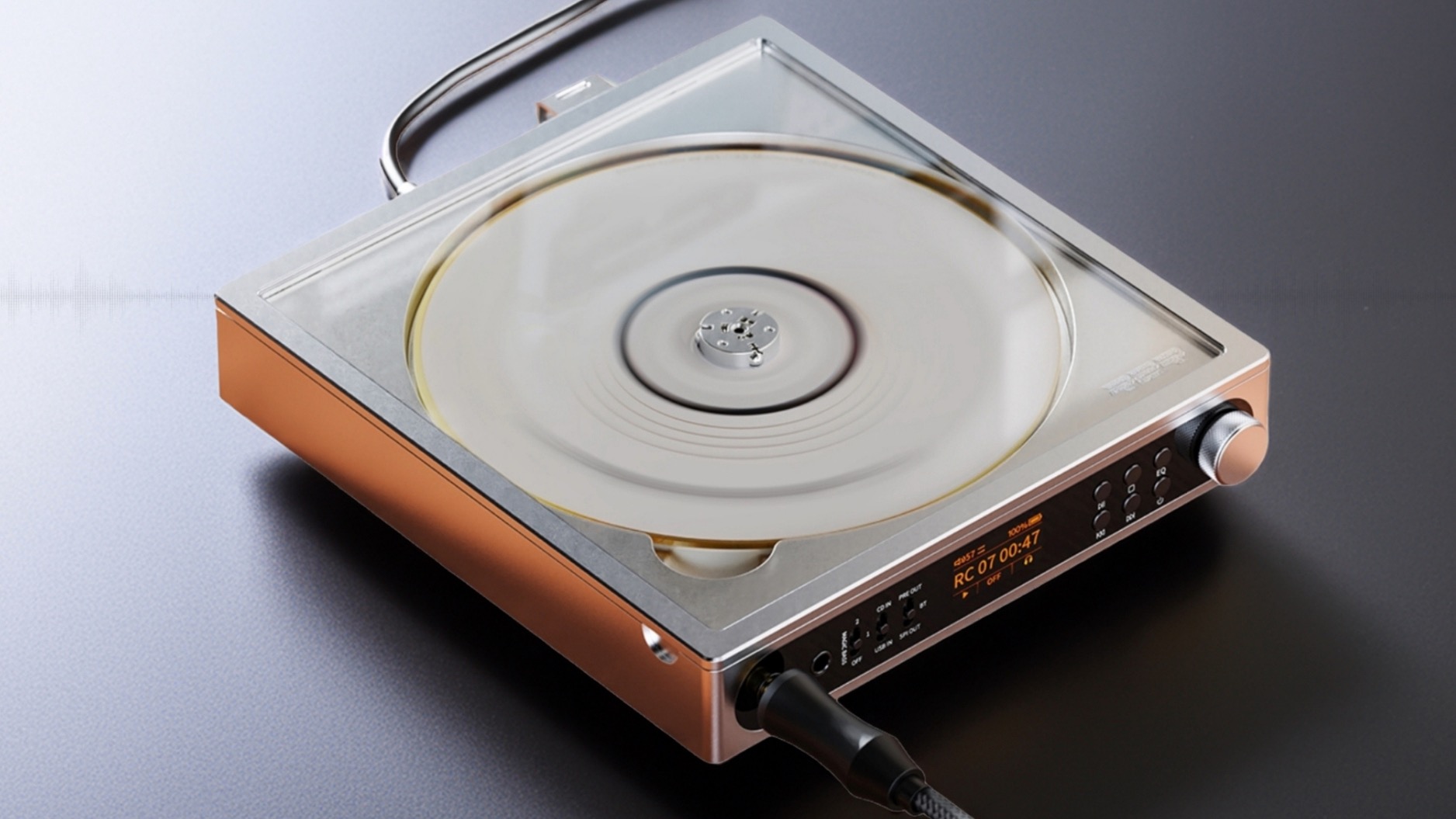What Hi-Fi? Verdict
Another day, another TCL TV that’s way better than it has any right to be for so little money
Pros
- +
Good picture quality for the money
- +
Excellent HDR format support
- +
Strong streaming app support
Cons
- -
Slight backlight ‘jetting’
- -
One or two processing limitations
- -
No Freeview Play or Freely apps
Why you can trust What Hi-Fi?
We’ve had a thoroughly enjoyable time watching TCL upset the AV apple cart with a string of spectacularly good-value premium TV models this year.
We’ve not, though, had the chance to sink our teeth into any of the brand’s entry-level stuff – until today.
The 43-inch P7K is the smallest model from TCL’s second most affordable TV series for 2025, and it can be yours for relative peanuts.
Not surprisingly for that money, though, the 43P7K lacks more than a few of the impressive premium picture and sound quality features that have served TCL so well this year. So, can it really still add to the brand’s run of TV bangers?
Price
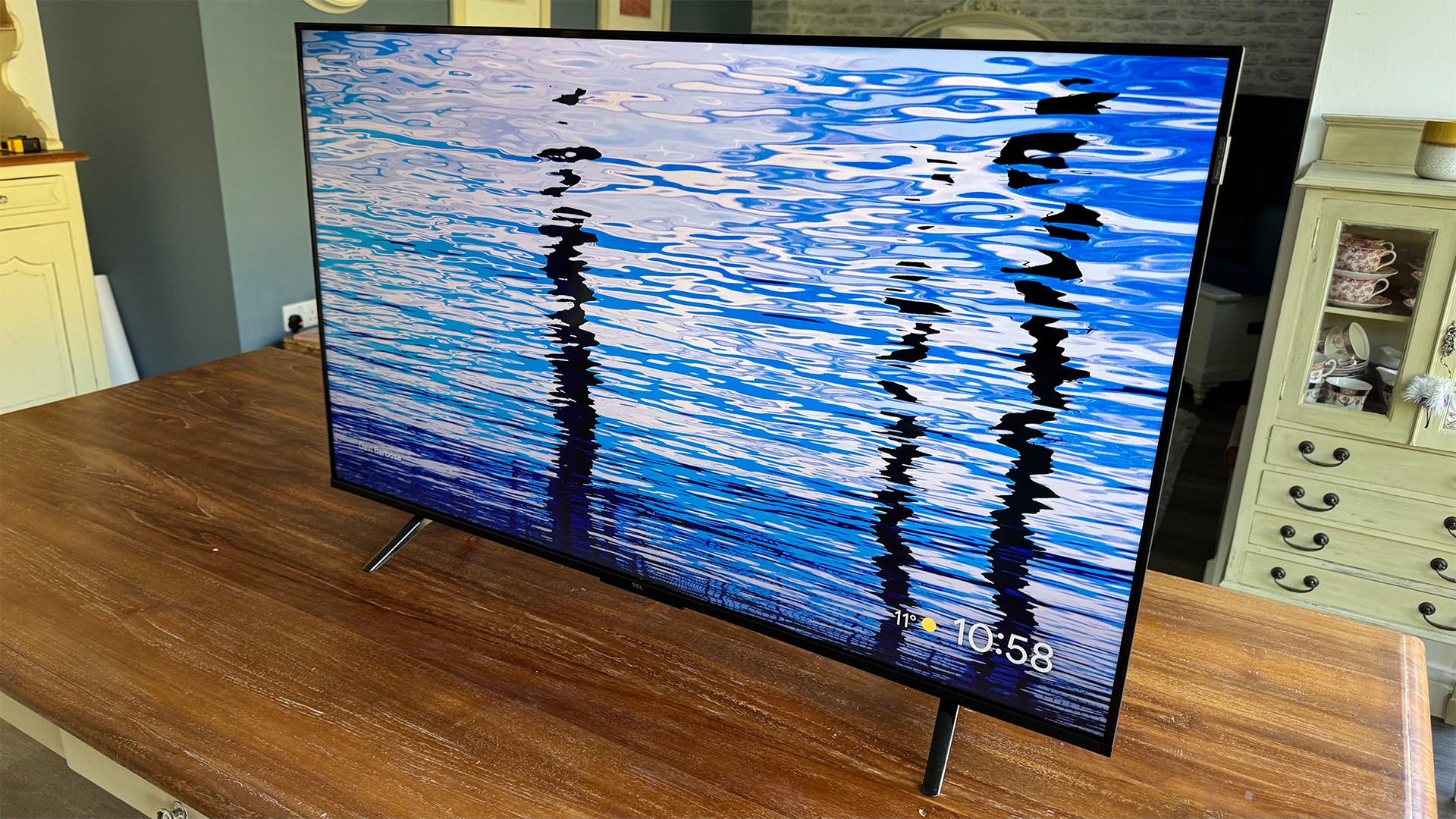
The 43-inch P7K’s £269 / AU$799 (around $360) price is its biggest up-front attraction.
Rivals are in pretty short supply at this level. We do have a review coming soon of Samsung’s 43-inch UE43U8000F, though, which is actually a tiny bit cheaper than the TCL model.
It’s also worth pointing out that TCL’s step-up P8K range introduces a few handy extra features, including a 120Hz screen and more powerful audio, without costing much more than the equivalent-sized P7Ks. The P8K series doesn’t include a 43-inch model.
The latest hi-fi, home cinema and tech news, reviews, buying advice and deals, direct to your inbox.
Design
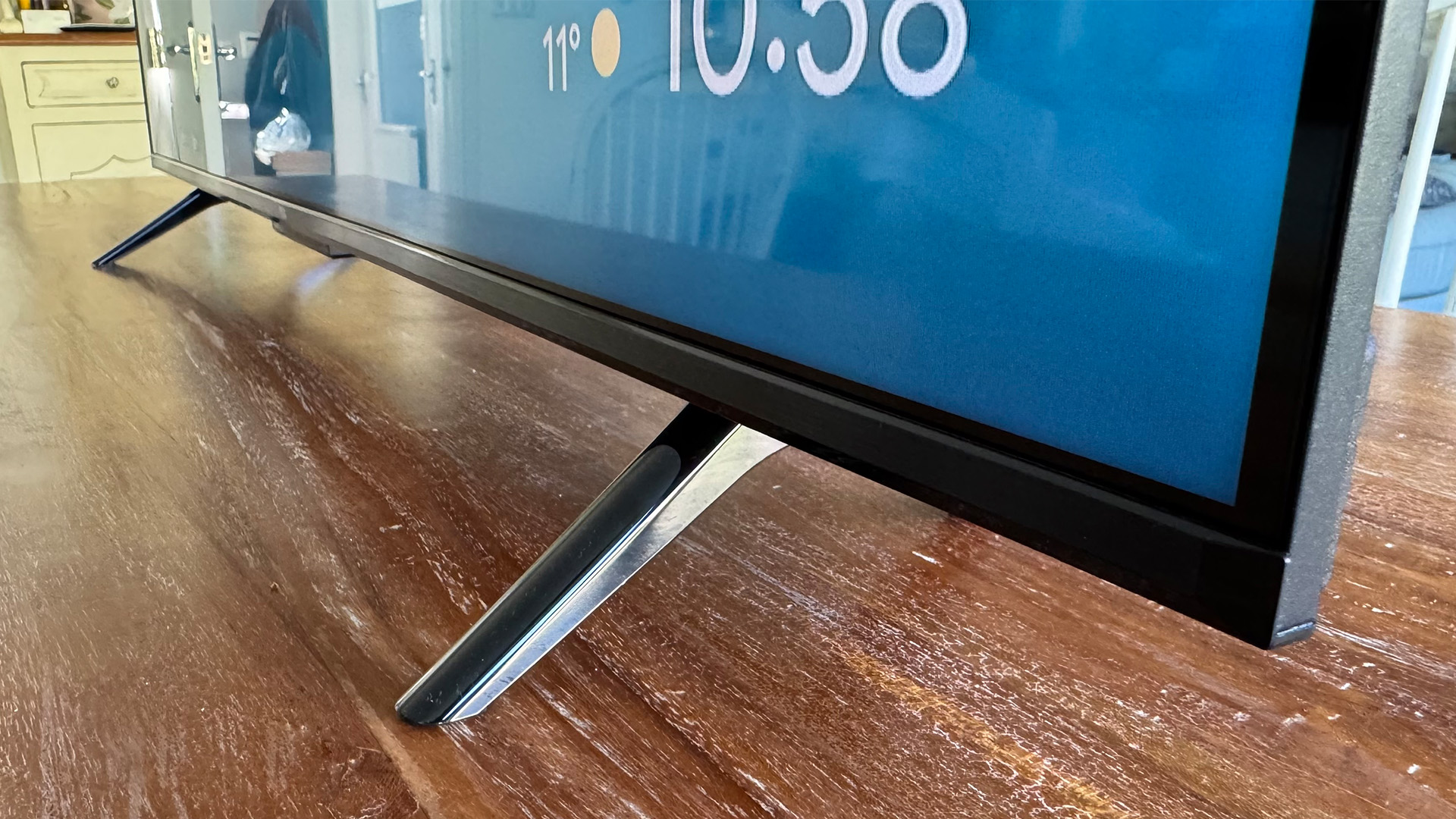
The 43-inch P7K looks budget in some ways, but not in others. It's a bit chubby around the back by today’s slender standards, for one thing, and its supplied desktop feet are as lightweight, plasticky and basically designed as any we’ve seen on any TV to date.
Looking at the screen straight on, though, we’re struck by how narrow the bezel around it is, and by how a subtly textured finish to that bezel manages to give it a vaguely stone-like appearance that cunningly disguises its actually quite lightweight heart.
The 43P7K’s remote control, on the other hand, makes no attempt to hide its basic plastic construction. It’s not actually unpleasant to use, though, thanks to its spacious layout and inclusion of a helpful selection of direct access streaming app buttons.
Features
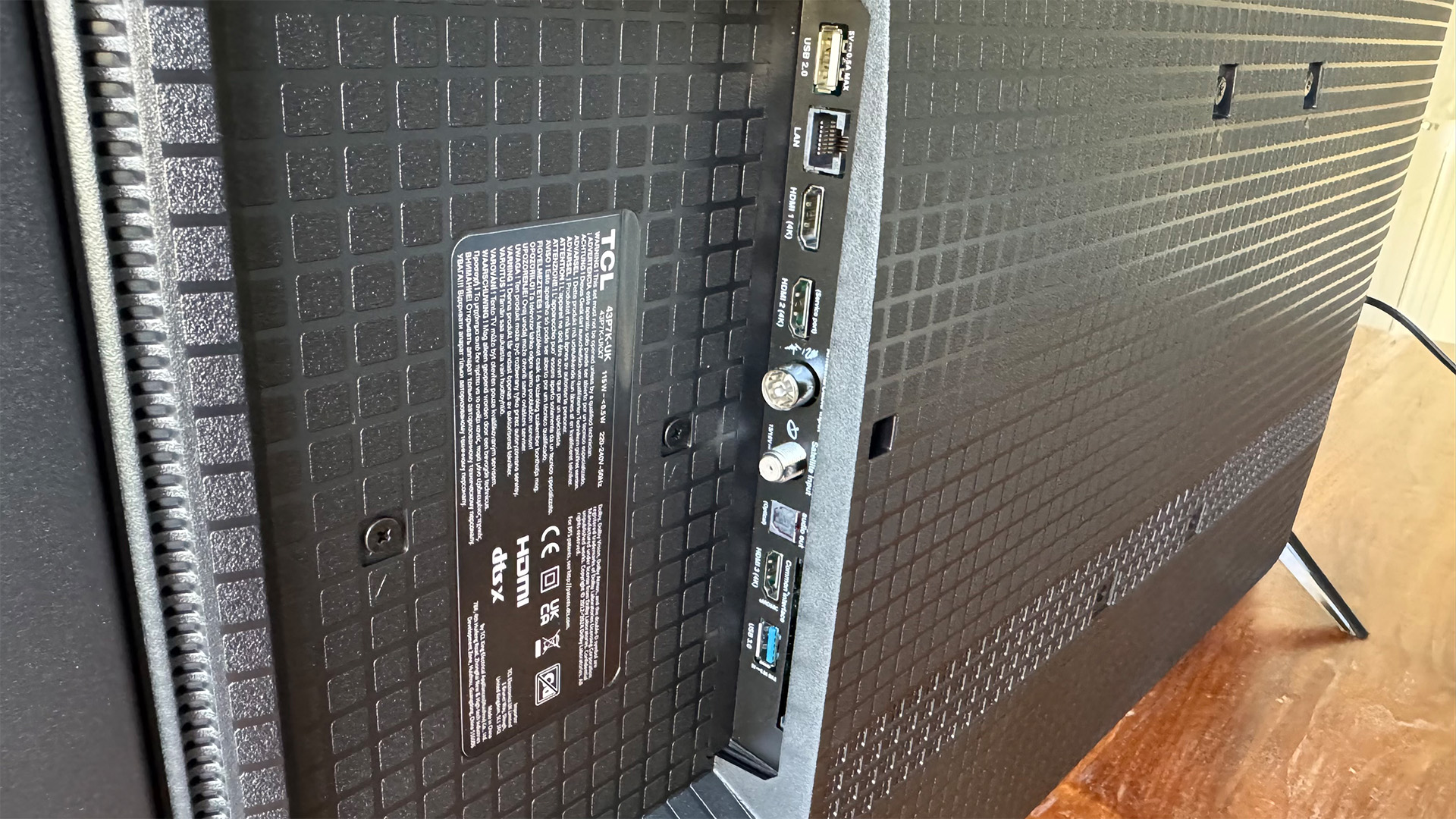
Not surprisingly for a TV this affordable, there’s not nearly as much to detain us in the features department as there was with TCL’s C7K and C8K range toppers. Then again, there’s arguably a bit more going on than you might expect to find for so little cash.
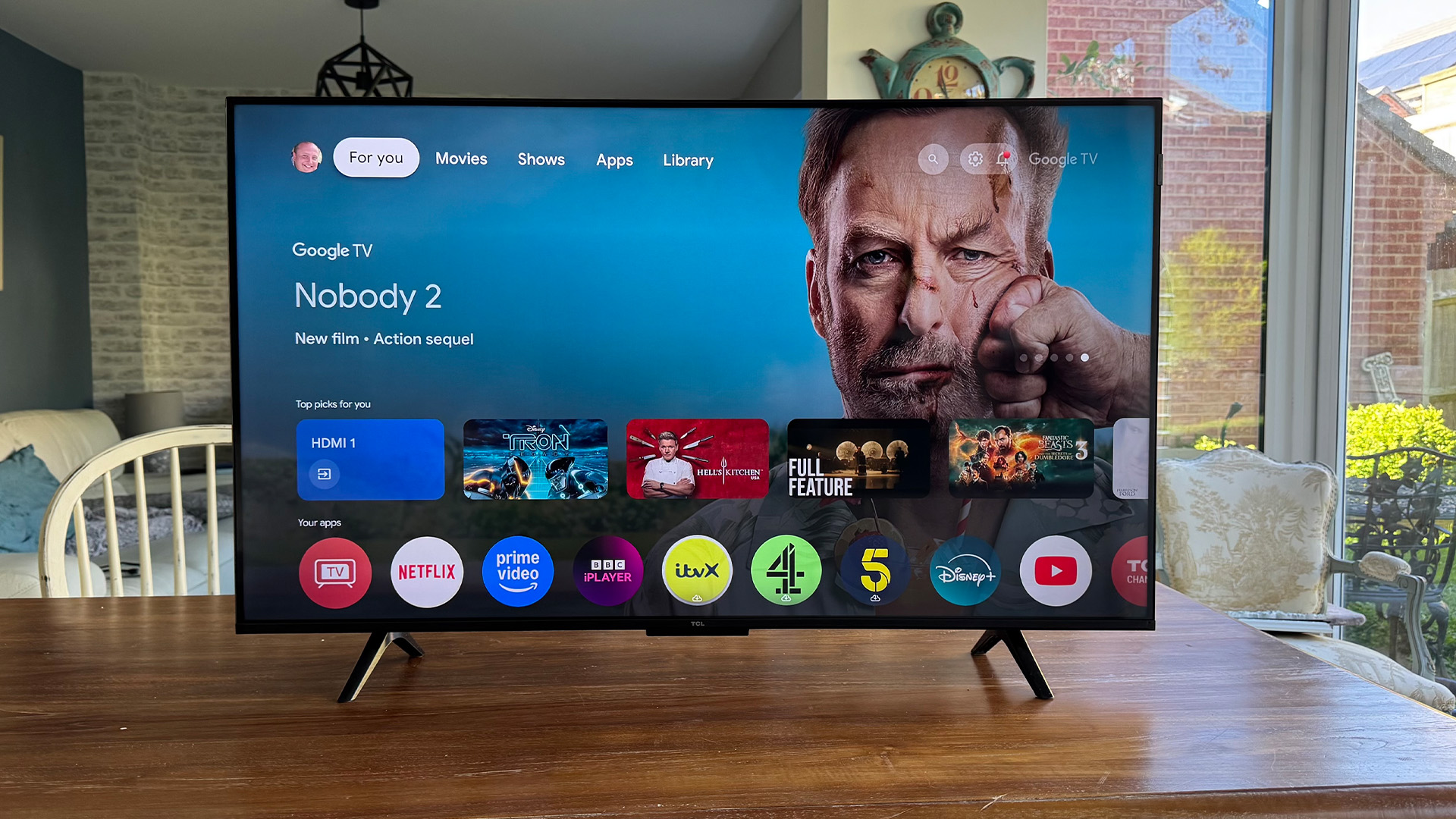
Screen size 43 inches (also available in 50, 55, 65, 75 and 85 inches)
Type Quantum Dot LCD
Backlight Direct LED (no local dimming)
Resolution 4K
HDR formats HLG, HDR10, HDR10+, Dolby Vision
Operating system Google TV
HDMI inputs x 3
Gaming features 1080p/120Hz, VRR, ALLM, Dolby Vision game mode
Input lag 10.8ms at 60Hz
ARC/eARC eARc
Optical output? Yes
Dimensions (hwd, without stand) 56 x 96 x 7.3cm
For starters, the native 4K screen still uses Quantum Dot technology to deliver its colours. Also, while the P7K uses ‘standard’-sized LEDs rather than Mini ones and doesn’t carry any local dimming technology, its LEDs are still helpfully placed directly behind the screen rather than around the edges.
There seems to be a basic global dimming operation in place, too, where the core light level of the entire image is adjusted in response to changes in the brightness of the content you’re watching, and the panel at the screen’s heart is still one of TCL’s new so-called HVA ones – albeit a much more stripped back version than is found in TCL’s Mini LED models.
Its VA-type LCD panel should deliver better contrast than the IPS alternative that other budget TVs quite commonly use. Hopefully, this, in conjunction with the direct lighting and global dimming, will yield better dark scenes than we customarily see for this sort of money.
The P7K’s hardware charms are joined by TCL’s AiPQ processing system, which extends its enhancement tendrils into various key picture performance areas, including motion clarity/judder, colour, upscaling of sub-4K sources, and sharpness. Fear not, though, purists: all of the AiPQ options are strictly optional.
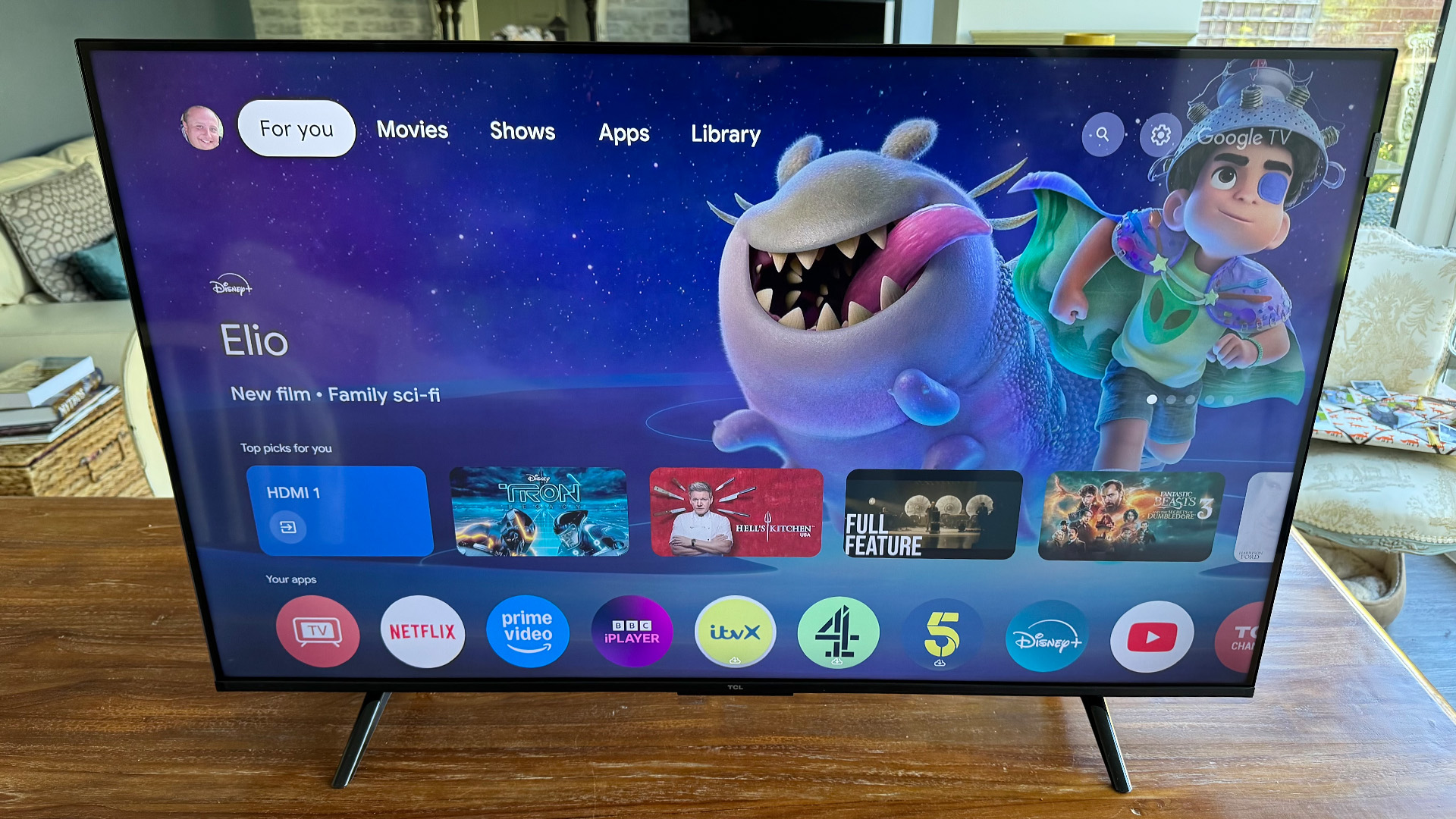
The P7K’s smart features come courtesy of Google TV, bolstered, we’re pleased to say, by separate deals with the BBC iPlayer, ITVX and Channel 4 catch-up services that aren’t typically available through Google TV. Having gone that far, it’s perhaps a shame that TCL hasn’t also pursued either Freeview Play or Freely as a way of bringing the UK’s TV streamers together in a more ‘managed’ way.
You can control the TV by speaking to it, though, courtesy of Google Assistant support, and you can also stream stuff to it via Bluetooth or wi-fi.
Physical connections comprise an optical digital audio output, two USB ports, both satellite and RF tuner inputs, an Ethernet port and three HDMI ports.
While one of these HDMIs supports eARC for passing the TV’s sound out to a connected AVR or soundbar, none of them support 4K/120Hz. That should come as no surprise, given that the P7K’s panel is a 60Hz affair.
What is somewhat surprising is that you can actually get 120Hz feeds into the TV at lower resolutions, thanks to TCL’s Game Accelerator technology. There’s also support for ALLM switching when a game source is detected, and even VRR.
Now we’re on the subject of gaming, the 43-inch P7K has just 10.5ms of input lag when in its Game mode. That’s a seriously speedy result that shames many TVs costing many times more. There’s also a Game Bar menu you can call up instead of the usual home screen when gaming. This offers a helpful mix of basic gaming aids and information on the incoming graphics feed.
The 43P7K’s sound is delivered by a fairly basic 2 x 10W speaker system, without the built-in subwoofer or Onkyo/Bang & Olufsen audio collaborations found higher up TCL’s current TV range. This is only to be expected on such a cheap TV, though.
Allowing us to finish this section on a high note is the screen’s ability to handle all four of the main high dynamic range formats in the AV world today: HDR10, HLG, HDR10+ and Dolby Vision. This means that the TV will always receive the best version of any source that’s fed to it.
Picture
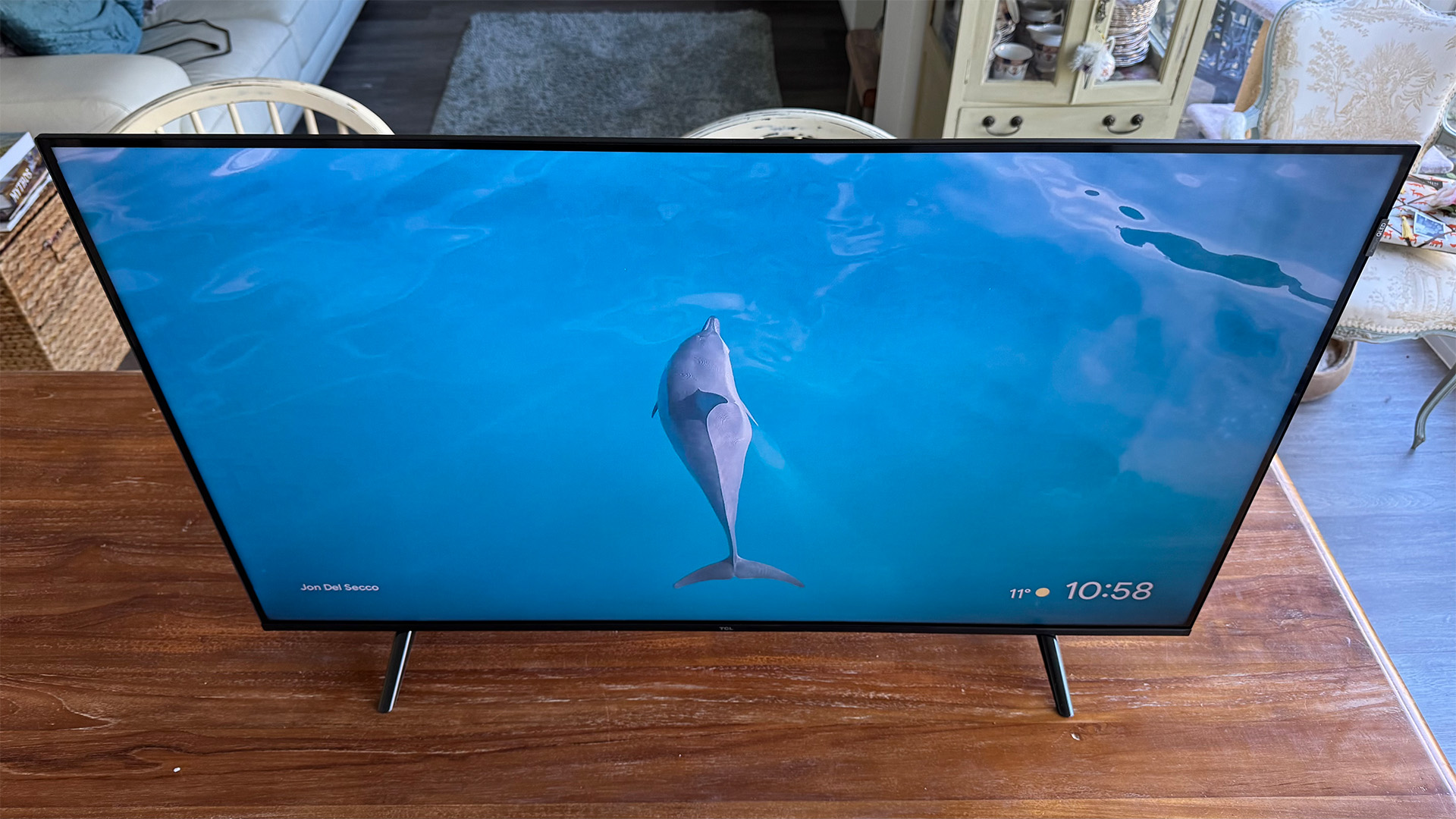
The 43-inch P7K continues TCL’s very welcome 2025 trick of delivering better picture quality than you’ve any reasonable right to expect for its price.
The (mostly) good news starts with its brightness, as it delivers more light with both HDR content and the ‘Standard’ SDR preset than the vast majority of TVs in its budget class.
We should clarify this right away by saying that we’re not talking about light levels that remotely challenge those of today’s mid-range and higher TVs – including, especially, TCL’s own mid-range and higher sets. But there’s certainly enough light emerging from its screen to enable it to distinguish clearly between HDR and SDR, as well as making SDR actually look a bit like HDR in the previously mentioned Standard preset – all without things ever feeling forced or strained.
The brightest HDR highlights enjoy some genuine intensity, too, and there’s a surprisingly high level of general brightness with HDR content that floods the whole screen with light. This brightness is typically stable and consistent across the screen, too.
The above-par brightness for a budget TV also feeds into the P7K’s colours, which enjoy more vibrancy and volume than you’d normally see on such a cheap TV. Bolstered, it seems, by the use of that Quantum Dot colour system.
Regular readers of our TV reviews may recall, though, that Quantum Dots aren’t a guarantee of good picture quality.
We’ve seen numerous examples of budget Quantum Dot TVs with worse picture quality than cheaper non-QD models if other picture elements, especially contrast, aren’t good enough. Even the brightest colours retain their richness on the 43P7K, though, and its palette is underpinned and counterpointed by deeper black tones than we typically see at entry-level prices.
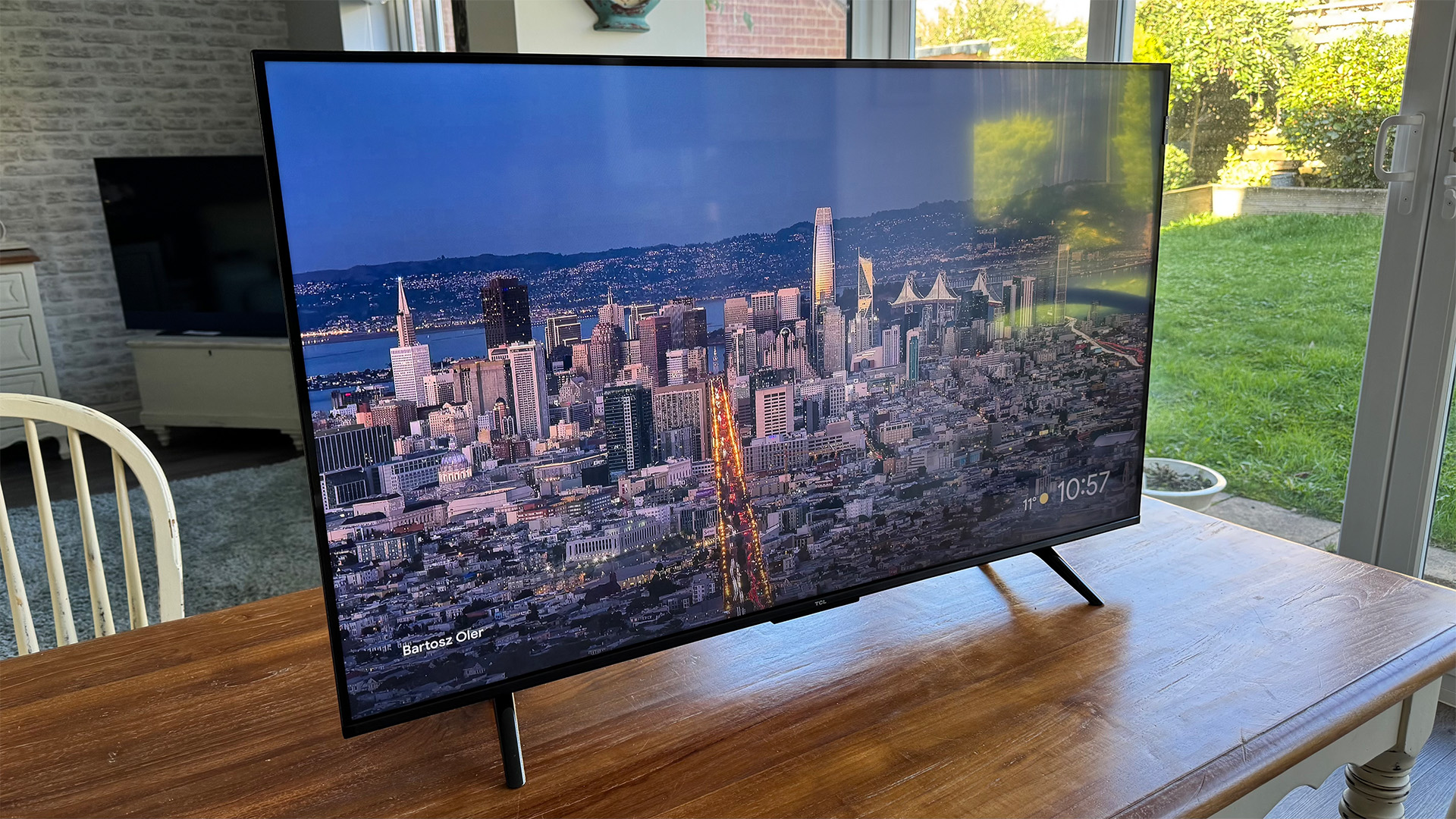
Black levels are again, to be clear, not on the same level as those of TCL’s more premium TVs. Especially those that boast the brand’s excellent new Mini LED and local dimming combination. But you’re never going to get those sorts of contrast-enhancing features on a TV as cheap as the P7K.
Putting the finishing touches to the 43P7K’s mostly winning pictures is some seriously impressive sharpness and detail – at least with native 4K sources.
This even holds true with action scenes and sports footage, thanks to the way TCL’s screen avoids the smearing behind and lost resolution over moving objects that is such a common feature of budget TVs. Even judder with 24fps movies is pretty well handled by the Natural and Low settings of the AiPQ processor’s motion processing options.
There are a few little reasons, though, why the P7K hasn’t quite earned that fifth star so many of its TCL siblings have picked up this year.
First and worst, during dark HDR scenes, you can see faint jets of light creeping into the bottom left and right corners.
Viewing angles are fairly limited before colour and contrast start to be affected too, and while most aspects of the AiPQ processor work quite well, the set isn’t the best upscaler – at least of standard definition sources and games played at 1080p/120Hz using the Game Accelerator feature.
Finally, we struggle a bit with the P7K’s Dynamic Contrast feature. You need this active to get the best contrast/black levels and stop dark scenes from losing a little shadow detail, but it can cause the TV to flicker a bit during dark scenes. So, you end up having to make a choice between two slightly compromised solutions.
The 43P7K’s pictures deserve for us to finish talking about them on a positive note, though, so let’s wrap up by saying that it’s a surprisingly enjoyable screen to game on, and that its Standard and Movie presets are both well-designed to give you easy and enjoyable out-of-the-box bright and dark room viewing options for movies and TV shows.
Sound
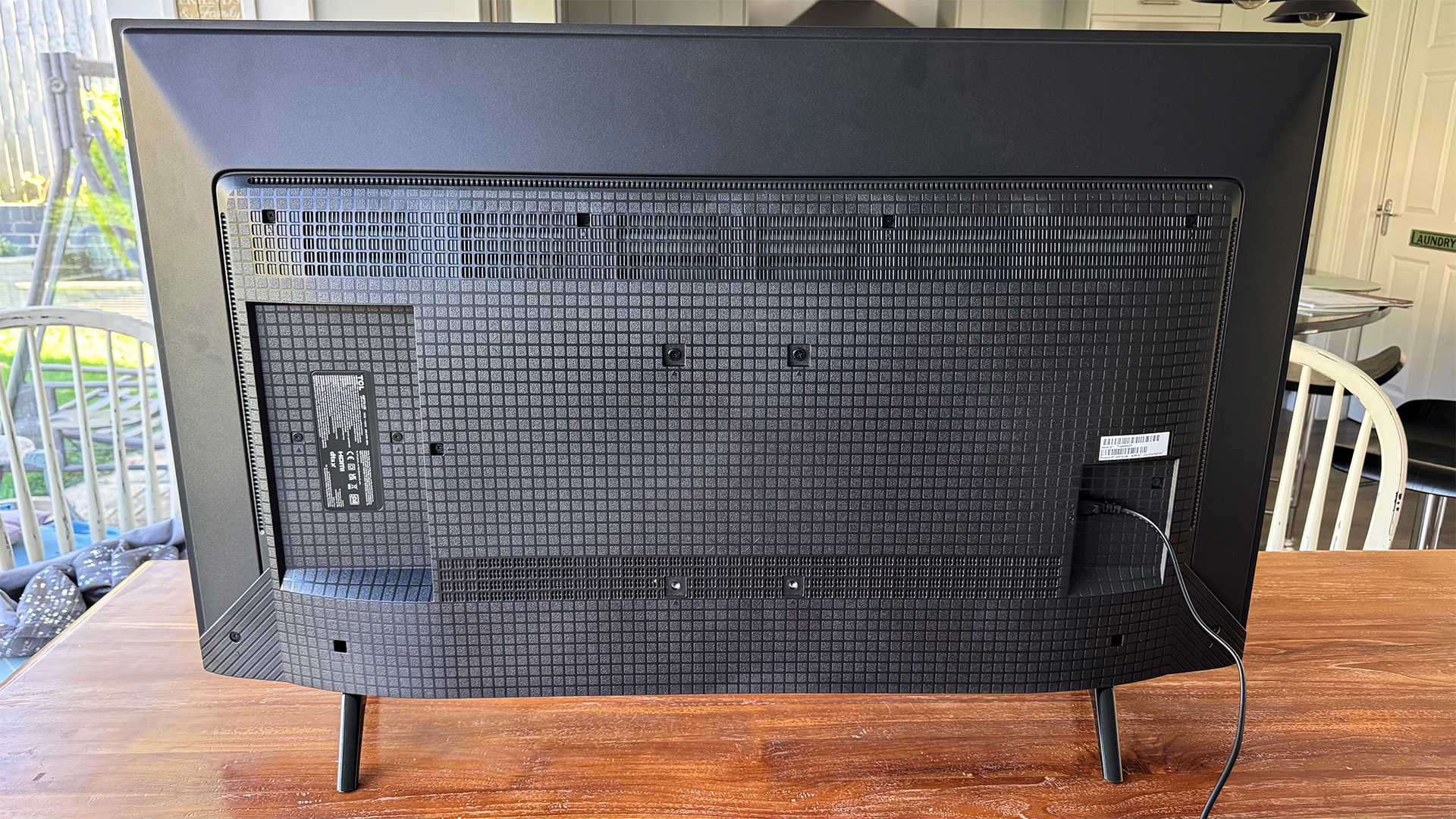
The 43P7K’s simple stereo speakers manage to create a pleasingly large spread of sound, and place Dolby Atmos effects across that spread with decent accuracy. There’s a little forward thrust to its sound, too, despite the set not carrying any forward-facing speakers.
For most of the time, the sound is also clean and free of distortions, dropouts, crackles and the like, and while bass is limited in terms of both its presence and depth, it’s not wholly absent, meaning the sound isn’t quite as weightless and thin as that of many budget TVs.
There are limits to how far the 2 x 10W sound system can be pushed, though.
Meaty action scenes sound a bit thin, and while regular day-to-day TV sounds clean enough, really deep movie bass rumbles and drops can succumb to pretty distracting amounts of crackle and buzz.
Finally, while voices usually sound quite clear and well-rounded, they can get pushed into the background a bit during the most raucous movie moments.
Verdict
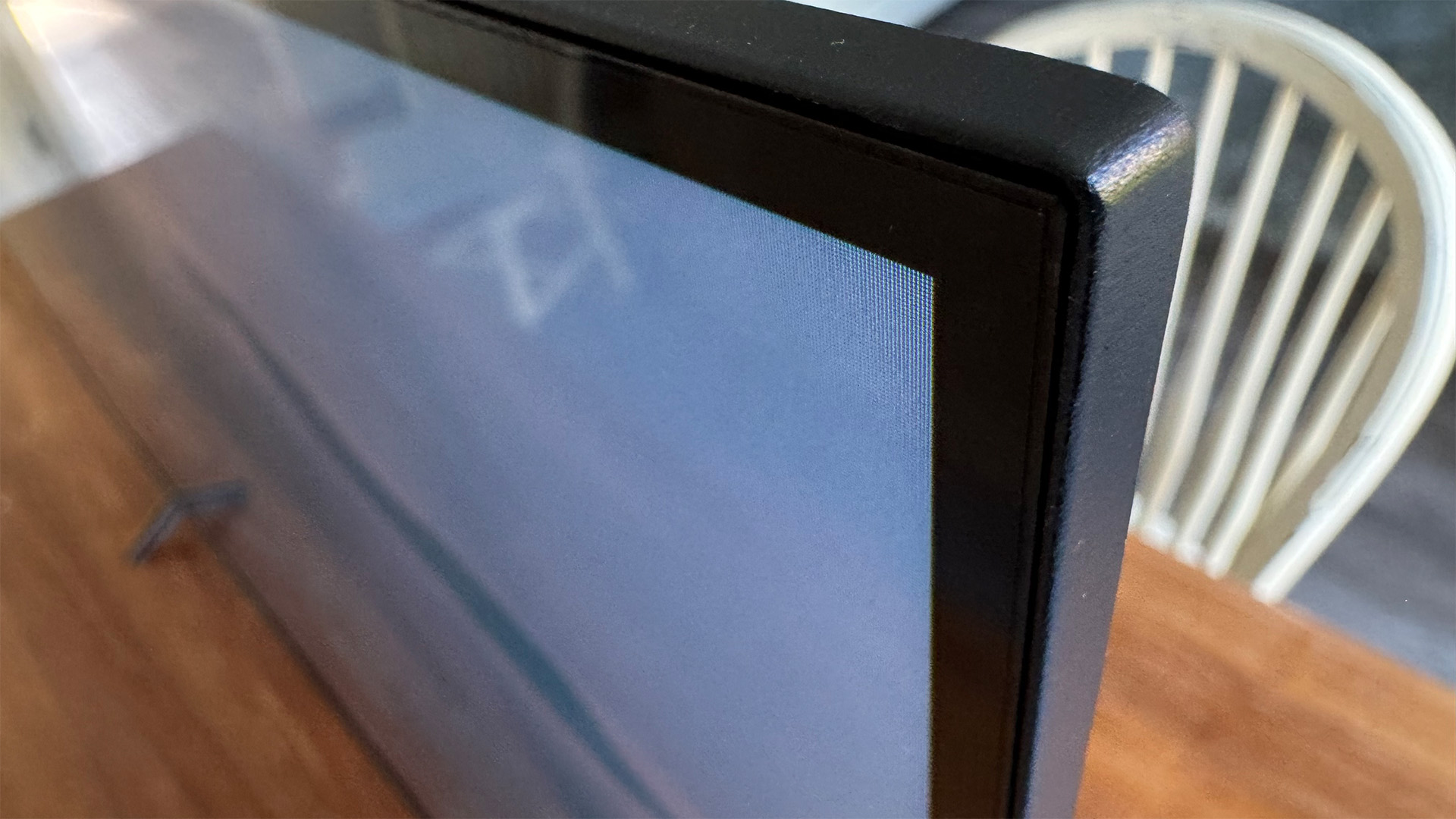
While the 43-inch TCL P7K isn’t quite flawless enough to add to TCL’s 2025 five-star TV review tally, it still offers a better all-round combination of picture quality, sound quality, gaming capabilities and smart features than you have any right to expect for its exceptionally low price.
SCORES
- Picture 4
- Sound 4
- Features 4
MORE:
Read our review of the Sharp 43GM6245K
Also consider the Sky Glass Air
Best TVs: flagship OLEDs and budget LED sets tried and tested
John Archer has written about TVs, projectors and other AV gear for, terrifyingly, nearly 30 years. Having started out with a brief but fun stint at Amiga Action magazine and then another brief, rather less fun stint working for Hansard in the Houses Of Parliament, he finally got into writing about AV kit properly at What Video and Home Cinema Choice magazines, eventually becoming Deputy Editor at the latter, before going freelance. As a freelancer John has covered AV technology for just about every tech magazine and website going, including Forbes, T3, TechRadar and Trusted Reviews. When not testing AV gear, John can usually be found gaming far more than is healthy for a middle-aged man, or at the gym trying and failing to make up for the amount of time he spends staring at screens.
You must confirm your public display name before commenting
Please logout and then login again, you will then be prompted to enter your display name.
